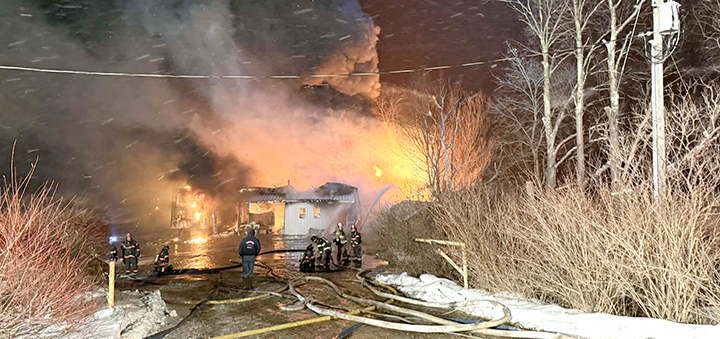State court bans police from K-9 searches without suspicion
NORWICH – Last week the New York Court of Appeals ruled that police can not subject a person or their vehicle to a canine drug search unless the officer develops a “founded suspicion” that criminal activity is taking place.
“New York State has a long history of restricting police authority and power compared to other states or the federal government,” said Norwich Police Chief Joseph Angelino, whose department added a canine officer last year. “It used to be that the air was ‘free’ and the dogs were free to sniff it and free to follow it. But that’s no longer the case as New York has now taken even federal mandates one step further in saying police need to have a suspicion of criminal activity prior to letting police canines sniff the air.”
Angelino said “founded suspicion” was a defined legal requirement under New York State law and would need to be substantiated in court following any search.
Prior to the June 8 ruling, officers on patrol were allowed to have drug dogs pass around the exterior of any vehicle or person they pulled over for a routine traffic stop in search of possible narcotics, regardless. If the dog signaled a detection ,then police could use the animal’s cue as probable cause to search the rest of the vehicle and seize any drugs located inside. Now, police need to establish a suspicion of criminal activity before they’re allowed to deploy the dog.







Comments